The implementation of 20mph speed limits and so-called low traffic neighbourhoods (LTNs) will be down to local authorities, not a decision for the Department for Transport (DfT).
That’s according to the new transport secretary, Louise Haigh, who said that she wants to move away from the “culture wars” of the previous Government.
Having invested in active travel during the pandemic, the previous Government had then taken the money away again, leaving many local authorities “in limbo and paralysis”, Haigh told the Streets Ahead podcast.
Furthermore, she said that local authorities had the Government “actively working against them saying ‘no, you’re not allowed to roll out 20mph zones, no, you’re not allowed to roll out LTNs’.
“Those kinds of decisions should absolutely be made at a local level by communities and not dictated to or stoked up by the centre.”
The previous Government published tougher rules to implement 20mph zones and LTNs in March.
Billed as part of its Plan for Drivers, ministers also announced a consultation to remove local authorities’ access to Driver and Vehicle Licensing Agency (DVLA) data to enforce such schemes by camera, and set aside cash for traffic light improvements.
The draft statutory guidance for councils on LTNs, set out that they must gain buy-in from local residents, businesses and emergency services when being considered.
RAC head of policy, Simon Williams, said: “Ultimately, local authorities are best placed to decide which roads are most suitable for 20mph limits, and where low traffic neighbourhoods make the most sense.
“However, we think there’s a good argument for central Government to provide councils with refreshed, crystal-clear guidance on the implementation of both, to avoid the sorts of problems that have cropped up in different parts of the country.”
For instance, the RAC argues that LTNs should have strong community support and the impacts on drivers, especially those who need to drive for work, should be properly considered alongside all other road users.
“When it comes to 20mph limits, councils should ensure the roads chosen are really appropriate – for instance, those in heavily built-up areas or close to schools – and avoid chopping and changing guidance as we’ve seen happen in Wales,” he added.
Drivers frustrated with traffic calming measures
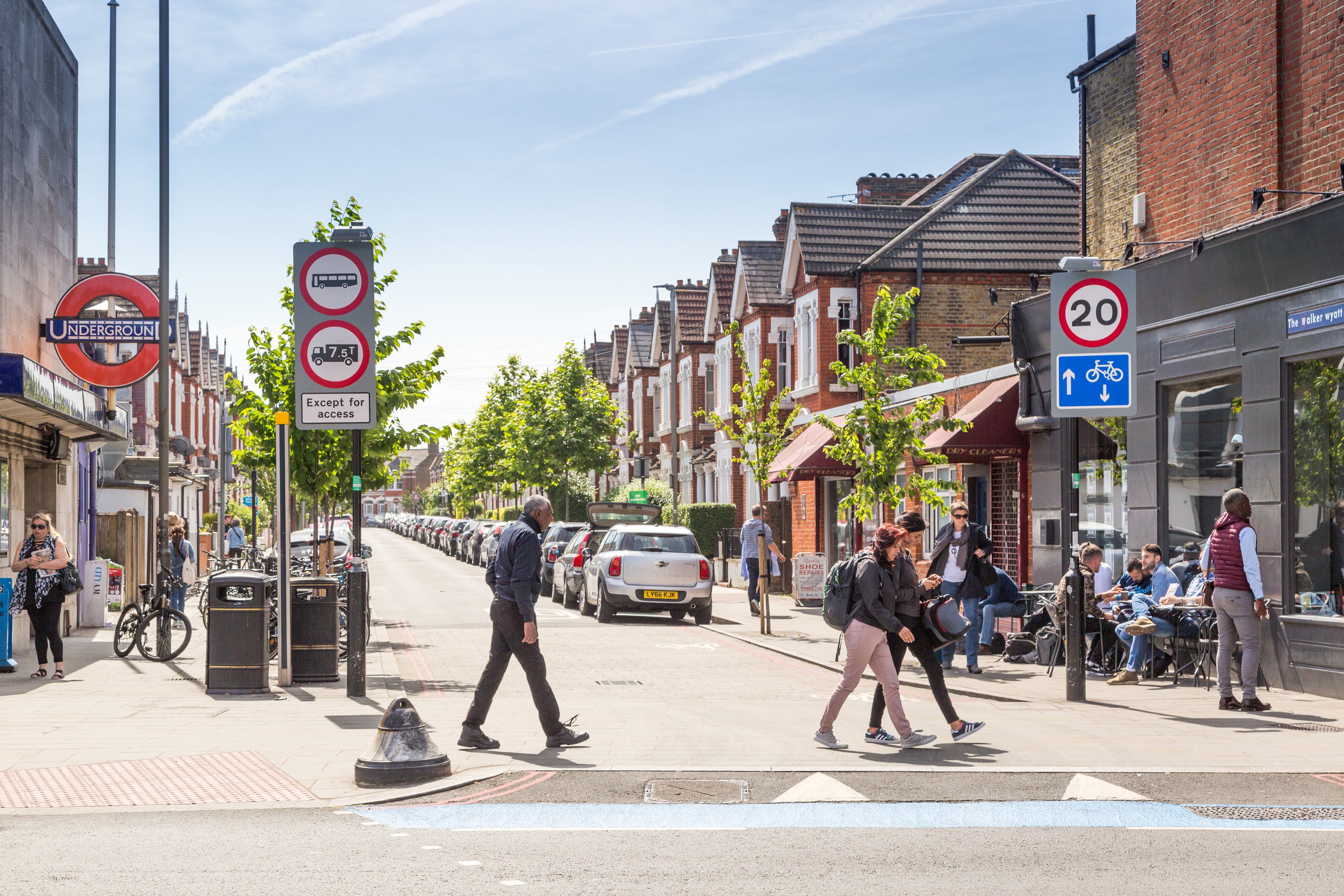
Research conducted by Samsara with 500 commercial UK drivers this month (August) and exclusively seen by Fleet News, reveals huge levels of dissatisfaction within the industry.
Almost two-thirds (60%) of professional drivers said that they find LTNs or clean air zone schemes frustrating and just one-in-three (34%) believed that their role is respected by the Government.
The survey also found that 83% of professional drivers are already frustrated enough by congestion and traffic, while a similar proportion (82%) believed that they drive more safely than general road users.
Haigh said that she would support local authorities wanting to roll out schemes. However, she added: “It all has to be done with communities, absolutely, and the worst thing you can do is put the wrong schemes in because then it erodes that support and they can be unsafe in some circumstances.”
She also confirmed that the target of achieving 50% of short journeys to be covered by walking or cycling, which she said would have to be delivered by local authorities
“There’s no way me sitting in my office in the DfT can say ‘this road in Chester should be a 20mph road or not’, it's completely ridiculous, so if they (local authorities) want to do that then that’s got my full backing,” she added.
After backtracking on its 20mph speed limit rollout in Wales earlier this year, the Welsh Government issued new guidance in July and allocated £5 million to help councils reassess the speed limit on 20mph roads.
It followed a public backlash when the Welsh Labour Government initially introduced the lower speed limit, with a petition opposing the plan hitting almost 470,000.



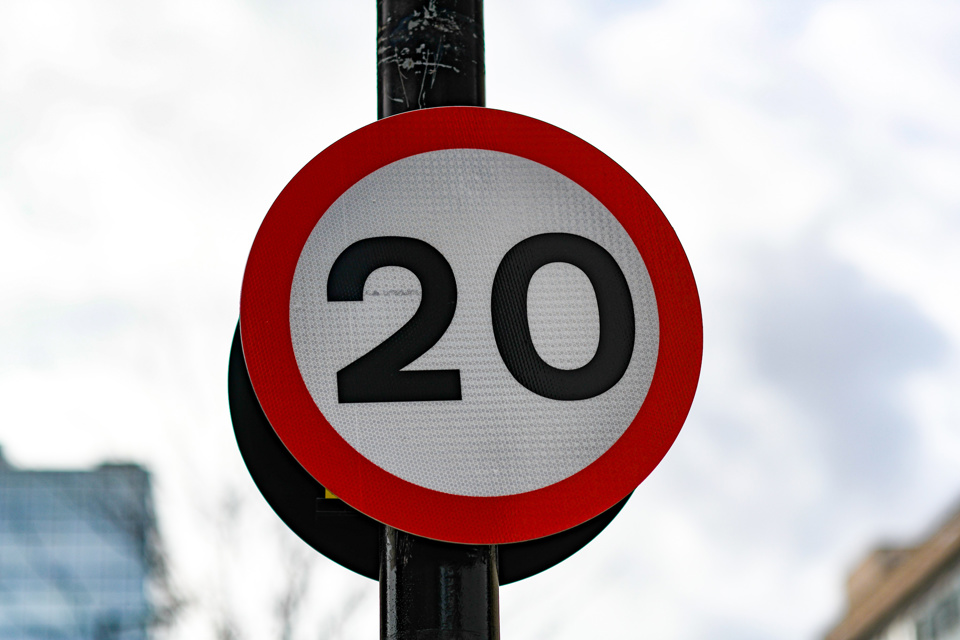





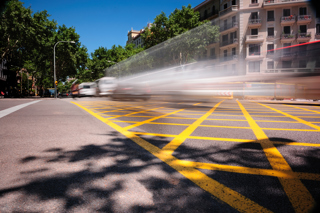
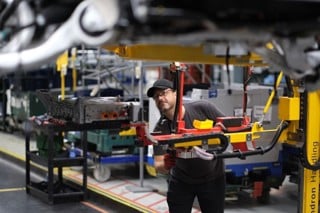
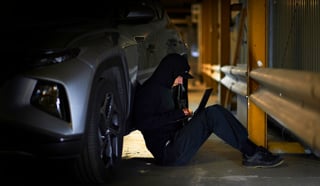
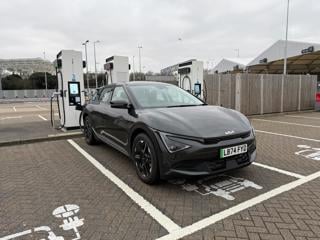












Login to comment
Comments
No comments have been made yet.